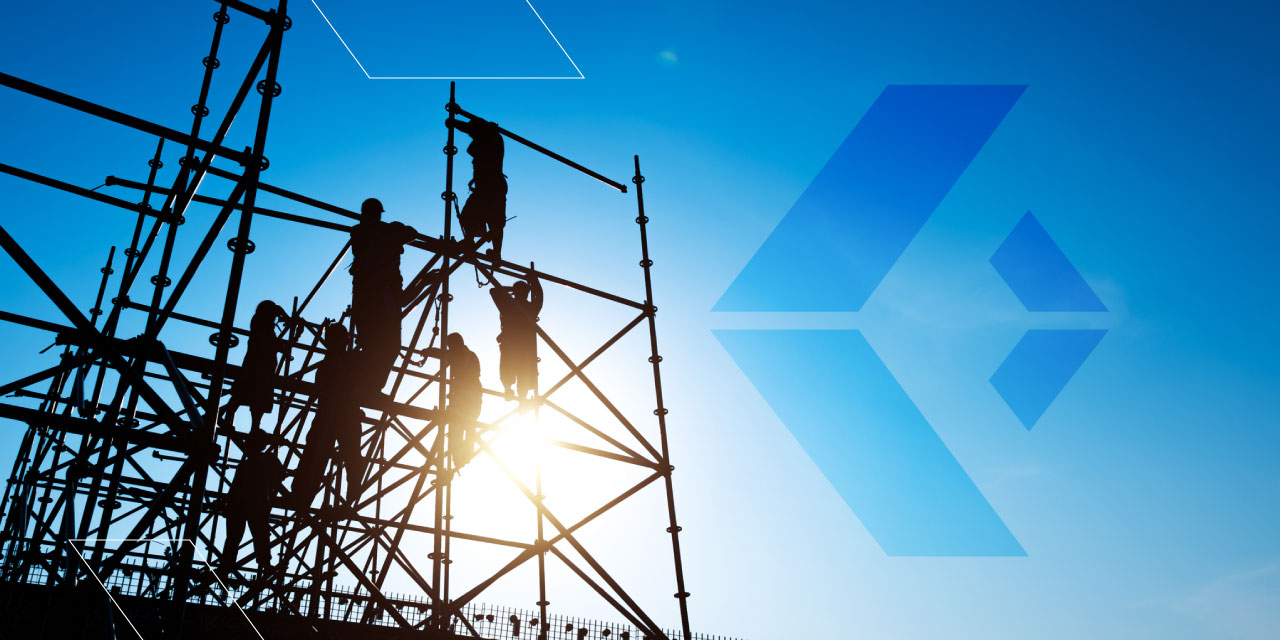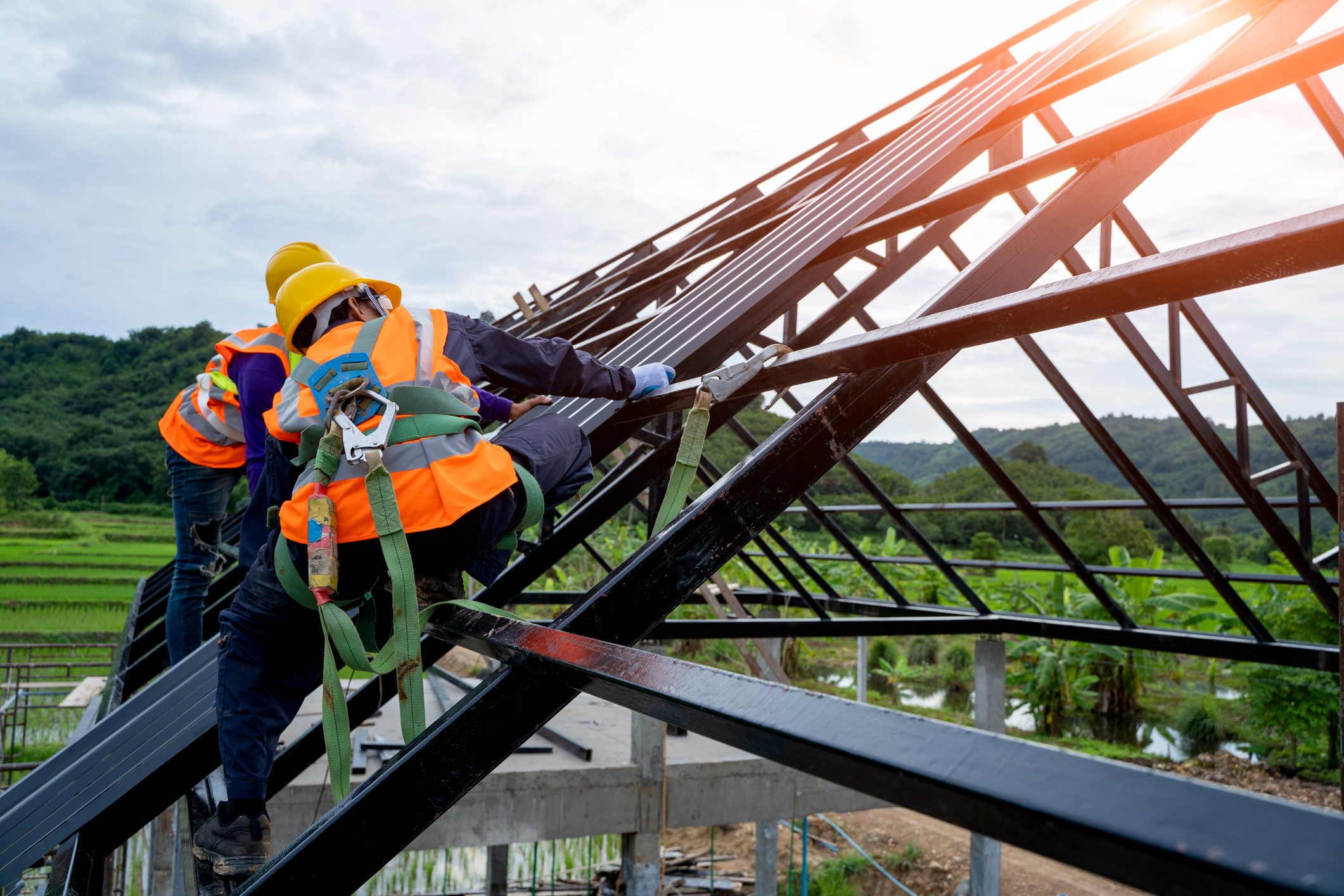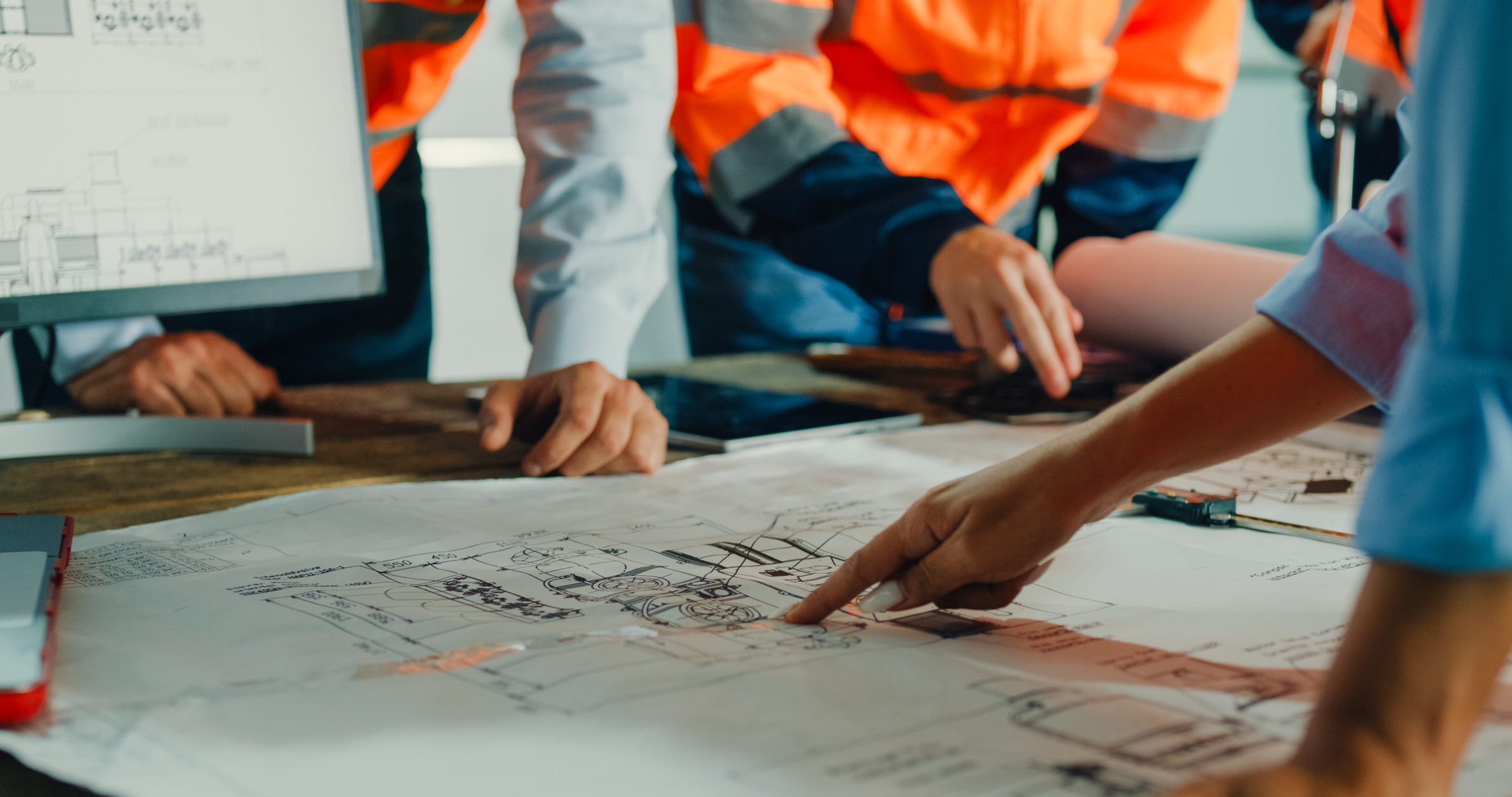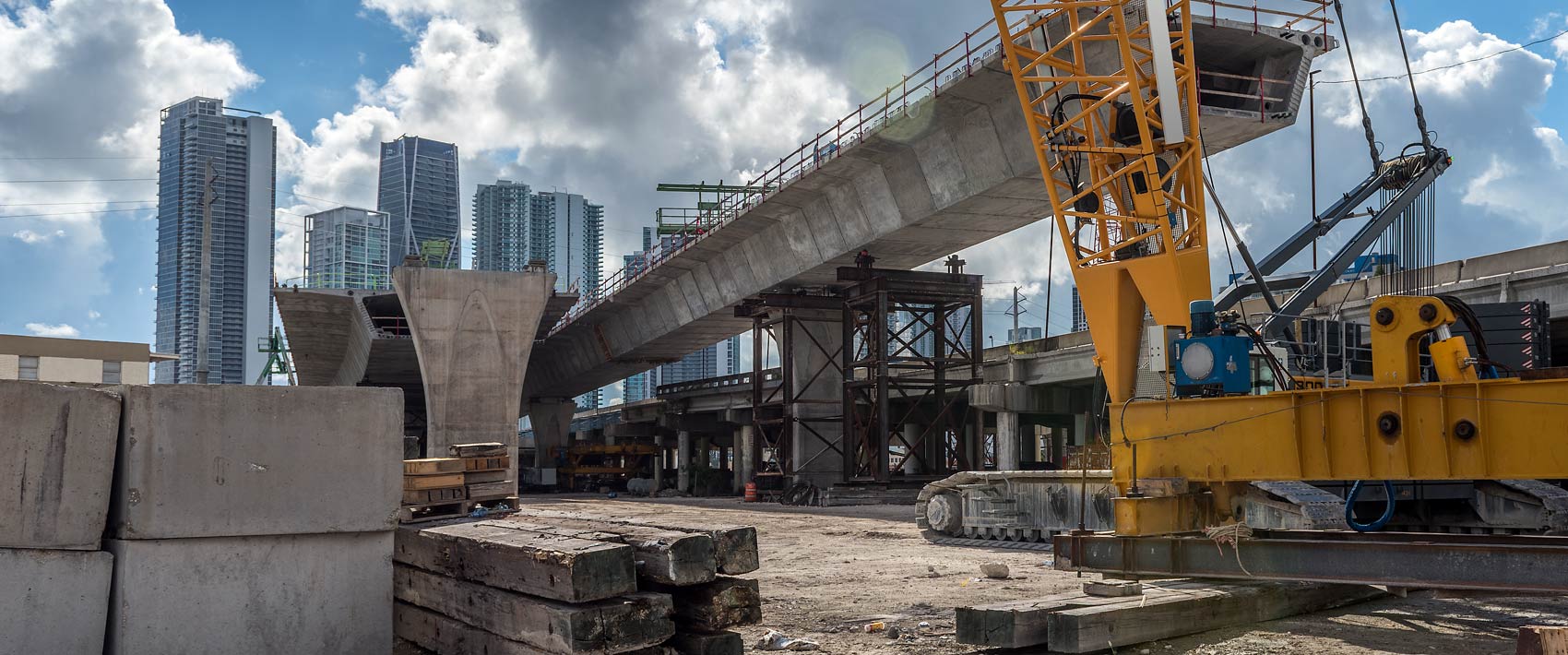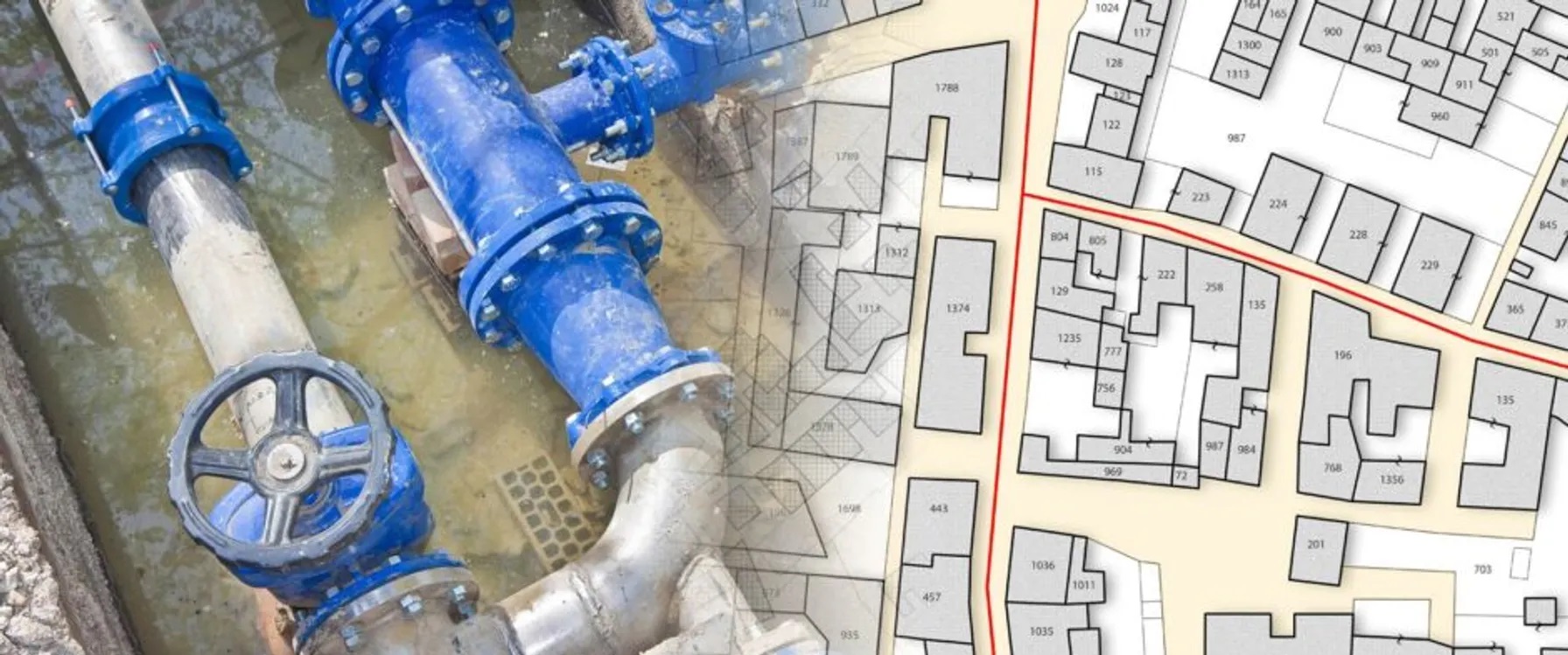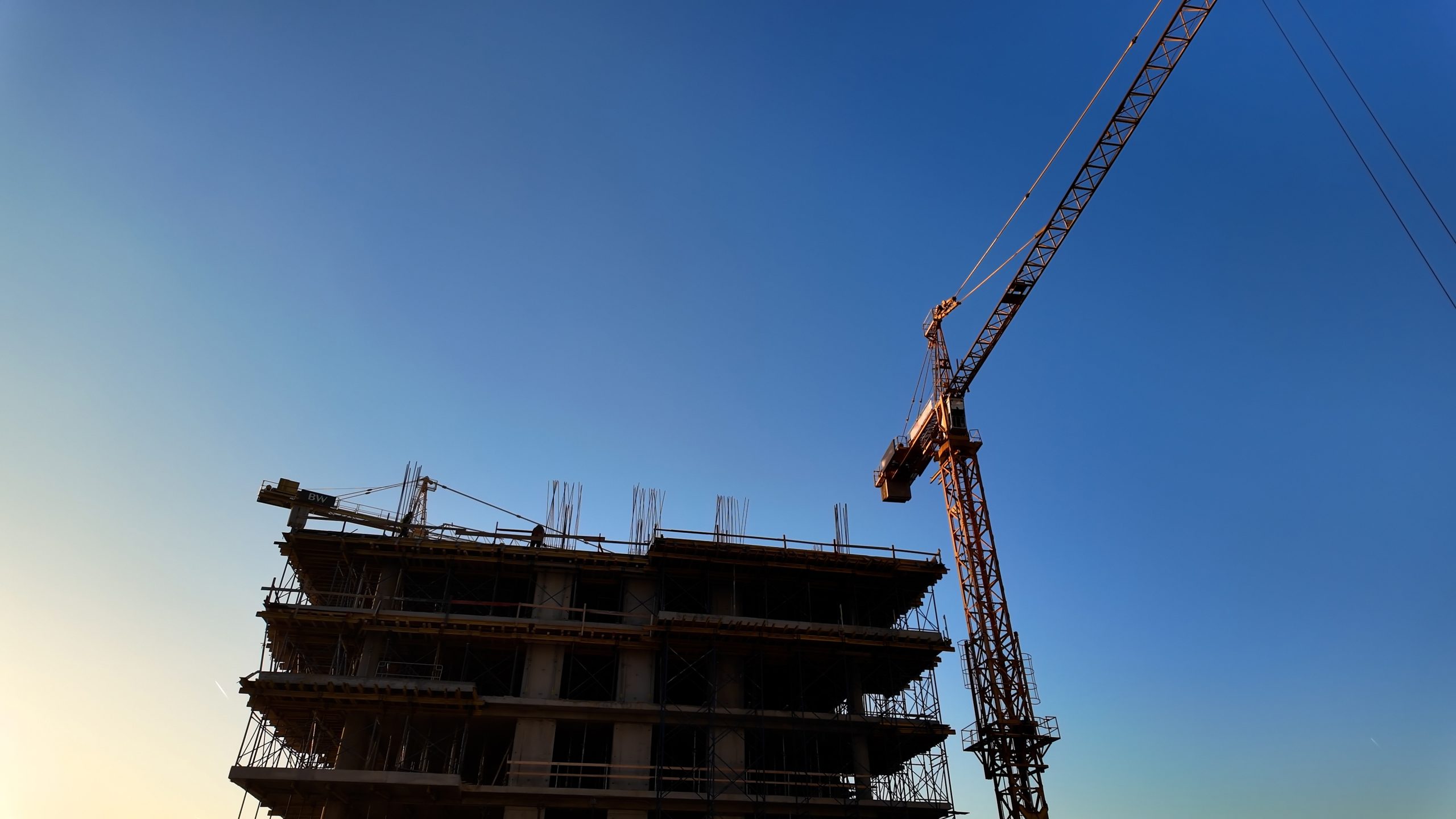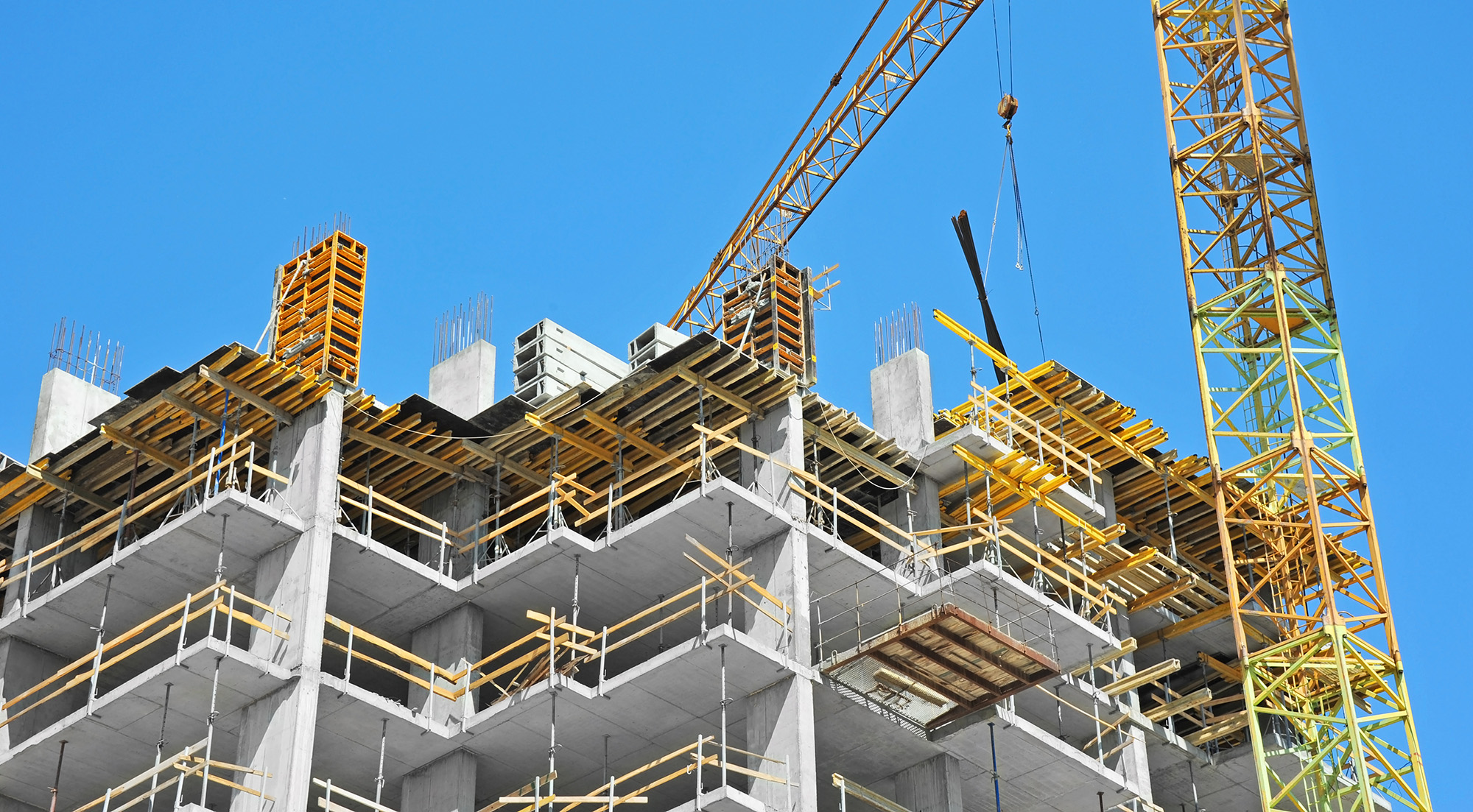The Design-Bid-Build delivery of a project can generate a competitiveness among the bidders, allowing for the project owner to choose the cost that fits the budget. While DBB promises to result in the lowest construction price when compared to other methods, an obviously huge advantage, it can require the owner of the project to put up a lot of cash in the design phase. Construction cannot begin prior to the design of the project being finalized and signed off, so timelines can be delayed.
During the design phase, the GC is not able to provide design feedback, possibly further stalling the work down the line. And once again, the crux of it all, the payments to contractors and suppliers need to flow through multiple layers of those workers.
As opposed to the Design-Build delivery, DBB does not provide a trusted builder to provide early cost and schedule input to maintain an owner’s budget and timeline. When the bids collected during the competitive bidding process do not meet the owner’s/developer’s expectations, the project can come to a standstill for redesign and re-engineering. If that happens, more time and more cost will likely be necessary to advance the project.

